
copyright © Wartime Heritage Association
Website hosting courtesy of Register.com - a web.com company
Wartime Heritage
ASSOCIATION
The Story of Two Soldiers
Battle of St Julien, 24 April – 4 May 1915
The Story of Two Soldiers
Raymond Arthur Saunders of Hebron, Yarmouth County,
despite his enlistment papers recording his age as 18, was only
16 went he volunteered on September 24, 1914. He was 5
feet, 8 inches in height, with a dark complexion, hazel eyes
and brown hair.
Ray was with the 2nd Brigade, Canadian Field Artillery,
6th Battery, a Gunner of an artillery piece drawn by four
horses.
Colin Gernon Palmer Campbell of
Weymouth, Nova Scotia, was 20 when he
enlisted at Fredericton, New Brunswick
on December 4, 1914. He was 5 feet, 9
inches in height, with a blond
complexion, blue eyes and brown hair.
At the time of the Battle of St.
Julien, Colin was a Corporal with the 2nd
Brigade, Canadian Field Artillery and had
become a close friend of Ray Saunders.
The two spent time together while at the
front, Colin describing Ray as his “best and only chum” and
not a day passed that the two did not have some time together.
As a Corporal, Colin was able to obtain anything, clothing or
blankets, that might be needed to make life at the front as
comfortable as possible in the horrific battle front conditions.
They ate together, talked about their families, and slept side by
side near the horses.
Ray was popular with his battery and took great pride in
the care of his horses and had the reputation of always being
ready to do his duty regardless of the danger.
On the night of April 25, 1915 the two had just decided
they would put down their blankets to sleep near the horses
behind a grove of small trees. Ray sat down and Colin started to
go off to get the blankets and had just turned away when a
terrible crash of shelling came. When Colin turned he saw his
friend had been hit by a piece of shell. It had struck Ray on the
left side of his head cutting through his cap. Ray was seriously
wounded as were four others. The four horses, likely Ray’s
team, were killed.
Ray was taken to the casualty clearing station and given
medical attention; however, he would die twenty hours later in
hospital.
Colin was shaken and devastated by the death of his
friend “it is awful hard to lose someone one loves” he would
later write. But for Colin the immediate task was to bury his
friend. Together with Gunner McNeil of Hebron, Yarmouth Co.,
N.S. and Gunner Charles Emin of Yarmouth, N.S. they obtained
a shroud and coffin and buried Ray in the cemetery at
Poperinghe (now Poperinge). Colin found a wheeler’s shop and
made a cross himself, painting on it Ray’s name, date of birth
and birth place. The three then said prayers at Ray’s grave site.
For Corporal Colin Campbell, the battles would continue,
the struggle to survive would go on. He wrote home to Ray’s
father, telling him the circumstances of Ray’s death, extending
sympathy and a promise, should he survive he would visit when
he returned home. But that was not to be.
In June, 1915, two months later, Corporal Campbell was
wounded at La Bassee in France. Recovered from his wounds,
on discharge from hospital he obtained a Commission and as a
Lieutenant now with the Imperial Forces was assigned to the
British Army, Royal Field Artillery, 94th Brigade.
On October 10, 1917, at the age of 22 he was killed in
action. Lieutenant Colin Gernon Palmer Campbell is buried in
the Godewaersvelde British Cemetery located in northern
France along the Belgian border.
In 1915 Colin wrote, “It was the will of God that he had
to leave all he loved and who loved him in this world to meet
them in the next”.
Battle of St. Julien
In April of 1915, the 1st Canadian Division joined the
Princess Patricia's Canadian Light Infantry at the Ypres salient,
a bulge in the Allied lines, near the Belgian city of Ypres.
On April 22, the German Army moved to push the Allied
forces from the salient and released chlorine gas against the
French 45th (Algerian) Division located to the left the
Canadians. As the French retreated there was a 6.5 kilometre
hole in the Allied line and throughout the night the Canadian
troops fought to close the gap and defend the salient.
Counter-attacks to drive the enemy back were made
against enemy positions but little ground was gained and
casualties were extremely heavy.
On the morning of April 24, Germans attacks were
renewed. There was a second chlorine gas attack, this time
directly against the Canadian lines. Under intense fire and
violently ill from the chlorine gas the Canadians held on until
reinforcements arrived.
The Battalions still fighting around St. Julien were finally
overrun when ammunition gave out. At 4:00 pm, two more
British battalions arrived and counter-attacked to push the
Germans beyond St. Julien.
The Canadian Division was ordered that evening to retake
the town, and on the 25th moved against the German lines.
The fighting would continue into May, 1915; however, the
Canadians were withdrawn from the front on the 26th and
27th.
Canadian casualties totalled 5,975 men with some 1,000
men killed in action during the four days of fighting. On April
24, alone, 3,058 casualties were suffered during infantry
attacks, artillery bombardments and gas discharges on April 24,
1915.
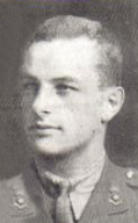
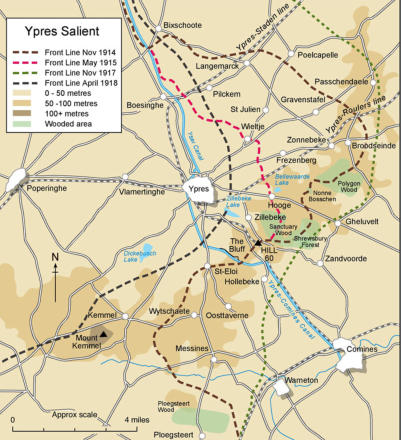
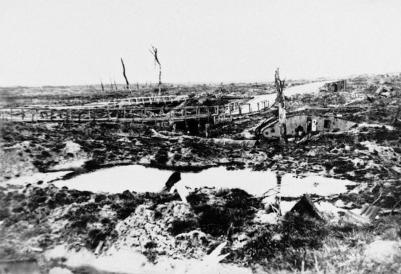
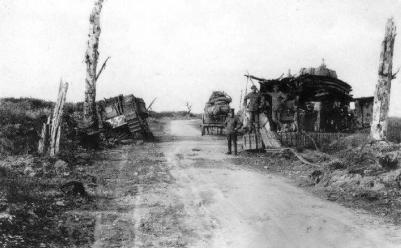
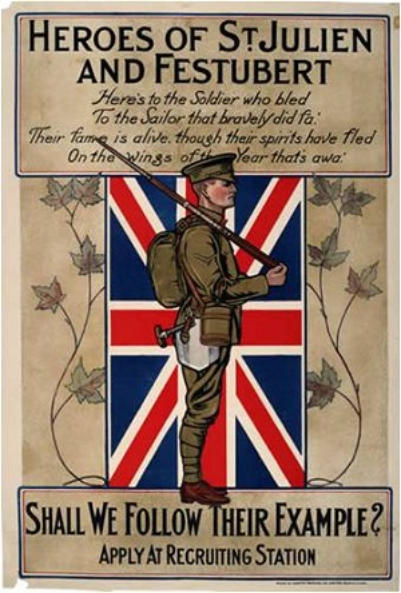
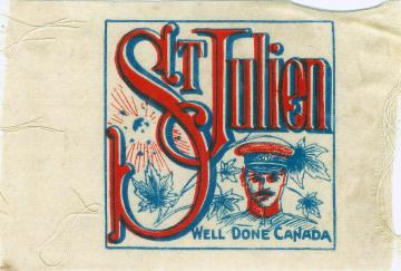
Silks were often included in cigarette packages as
product premiums to be collected. This silk refers to the
village near Ypres, where the Canadian Expeditionary Force
first saw action in the spring of 1915.


- World War I - Menu
- WWI Stories and Articles
- Photos - Yarmouth Soldiers
- Selection of World War I Songs
- WWI Casualties of Yarmouth, NS
- Those Who Served - Yarmouth, NS
- WWI Casualties Digby Co. NS
- WWI Casualties Shelburne Co. NS
- Merchant Mariners (1915) Yarmouth, NS
- Canadian Forestry Corps - Non Yarmouth Birth/Residence Enlistments
- US Draft Registry - Yarmouth NS Born


- World War II - Menu
- WWII Stories and Articles
- Telegraphist Air Gunners
- WWII Casualties of Nova Scotia
- US Casualties with NS Connection
- Far East/Pacific Casualties with NS Connection
- Merchant Navy Casualties Nova Scotia
- Nova Scotia WWII Casualties Holten Canadian War Cemetery
- D-Day Casualties - Nova Scotia
- CANLOAN Program Casualties - Nova Scotia
- Battle of the Bulge Casualties - Nova Scotia
- WWII Casualties Yarmouth NS
- Yarmouth Casualties - RCAF RAF Canadian Army WWII
- Yarmouth Co., Marriages WWII
- Casualties Non-Born/Residents with Connection to Yarmouth Co., Nova Scotia.
- WWII Casualties Digby Co., NS
- Non-Nova Scotian WWII Casualties Buried in Nova Scotia
- WWII RCAF Casualties Aged 16-18
- Brothers/Sisters Who Served - World War II














